Jan 2, 2025
The Menstrual Cycle: Understanding Its Phases and Impact

The journey of a young woman’s menstrual cycle begins around the ages of 9 to 13, marking the onset of puberty and the first period. From this moment, the body undergoes a series of hormonal changes that influence not only physical health but also emotional and behavioral aspects. This intricate process is known as the menstrual cycle, which can affect various aspects of life, including mood, health, and relationships.
The Menstrual Cycle
The menstrual cycle is typically divided into four distinct phases: menstruation, follicular phase, ovulation, and the luteal phase. On average, the cycle lasts about 28 days, but for many women, it can range from 22 to 35 days. Some may find their cycles to be regular, while others may experience irregularities. Understanding these phases is crucial for recognizing how they impact daily life.
Understanding the Phases
Starting with the follicular phase, this is where the cycle begins. During this phase, estrogen levels gradually rise. This increase in estrogen brings about positive changes in mood. For example, Leah, a typical young woman, may feel happier, physically stronger, and more energetic. As estrogen levels rise, her body prepares for potential pregnancy by thickening the uterine lining and maturing follicles in her ovaries.
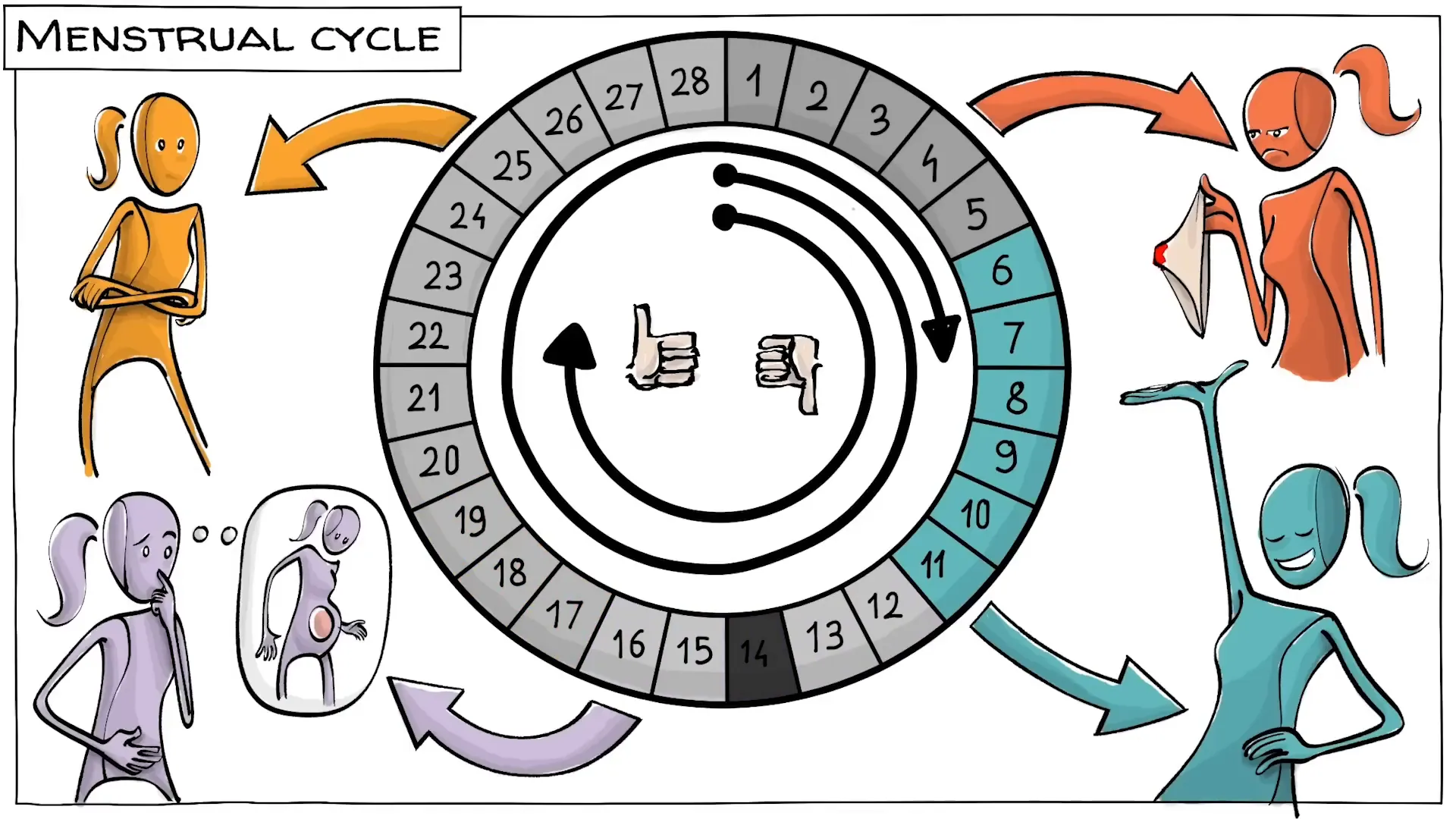
As the follicular phase progresses, Leah notices changes in her discharge, signaling that she is moving toward ovulation. During ovulation, the ovary releases an egg, which travels towards the uterus, creating a window of potential pregnancy for about five days. The surge in estrogen heightens Leah’s interest in boys, prompting her to be more conscious of her appearance and enhancing her sensory perceptions.
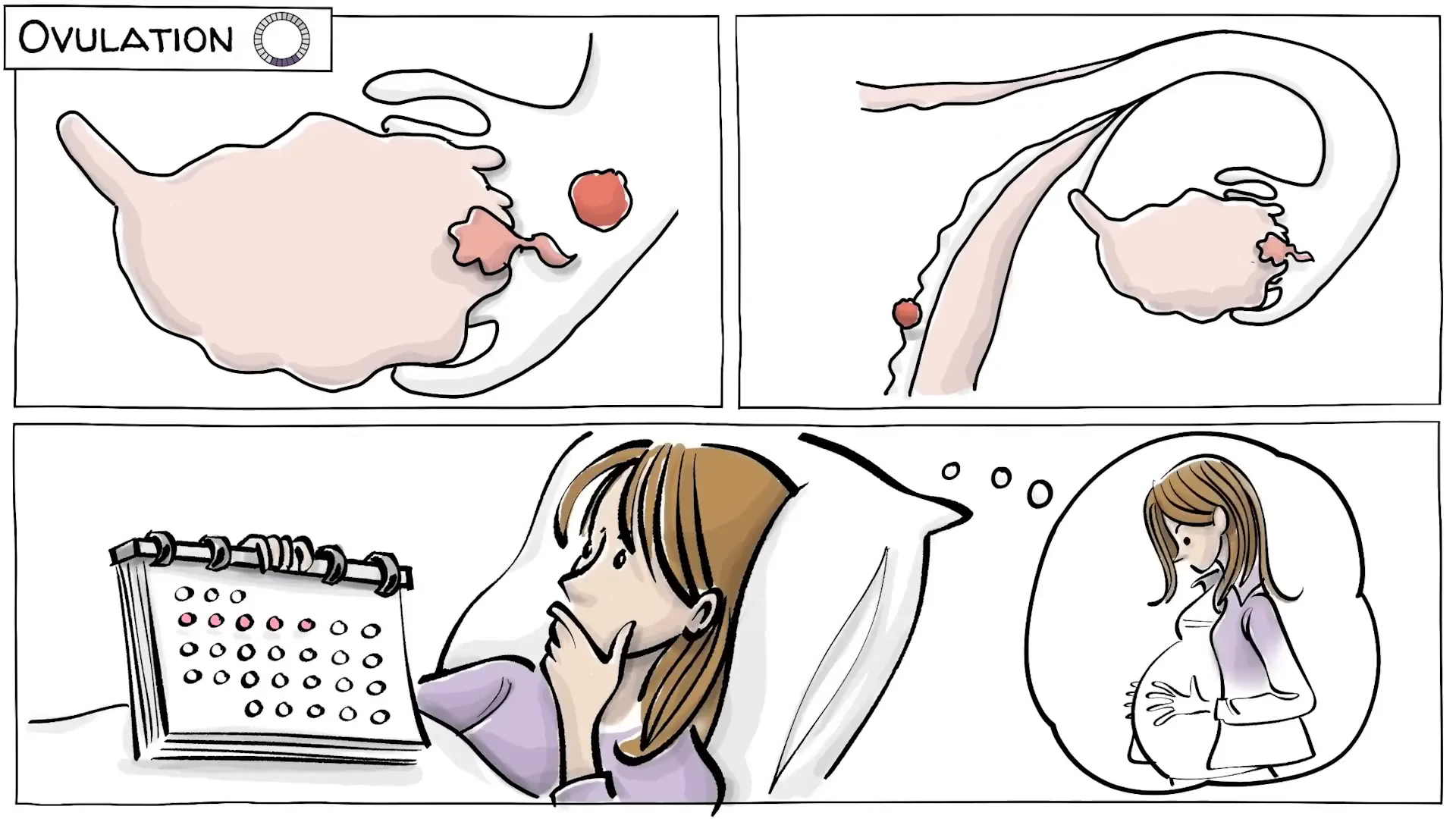
Hormones and Changes
Following ovulation, the cycle transitions into the luteal phase. In this phase, Leah may experience a slight rise in body temperature and physical changes such as sensitive, swollen breasts and occasional joint pain, which can affect her activities like skateboarding. Unfortunately, many women also face premenstrual syndrome (PMS) during this time. PMS can manifest in various ways, including mood swings, fatigue, and sleep disturbances.

If pregnancy does not occur, the body prepares for menstruation. The thickened lining of the uterus is shed, leading to bleeding and often painful cramps. This marks the beginning of menstruation, a time when many women, including Leah, may feel exhausted, struggle with concentration, and find it difficult to participate in sports or other activities.
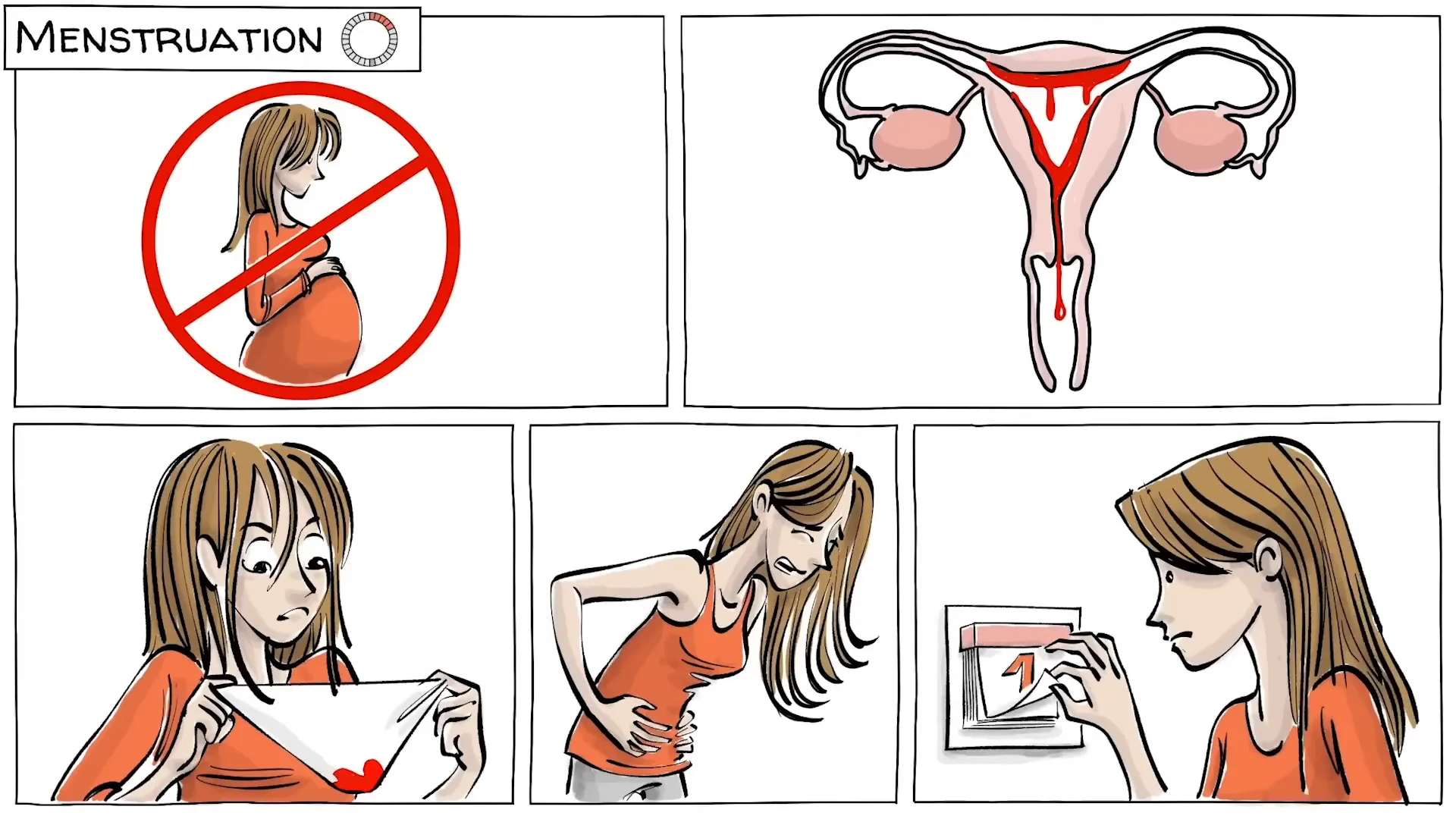
The Cycle’s Impact
The menstrual cycle is not a one-size-fits-all experience. Each young woman may have a different version of her cycle. Some may endure little to no discomfort, while others may experience heavy bleeding and intense pain. It’s essential to recognize these differences and understand that about 1 in 10 girls will contend with a condition known as endometriosis.
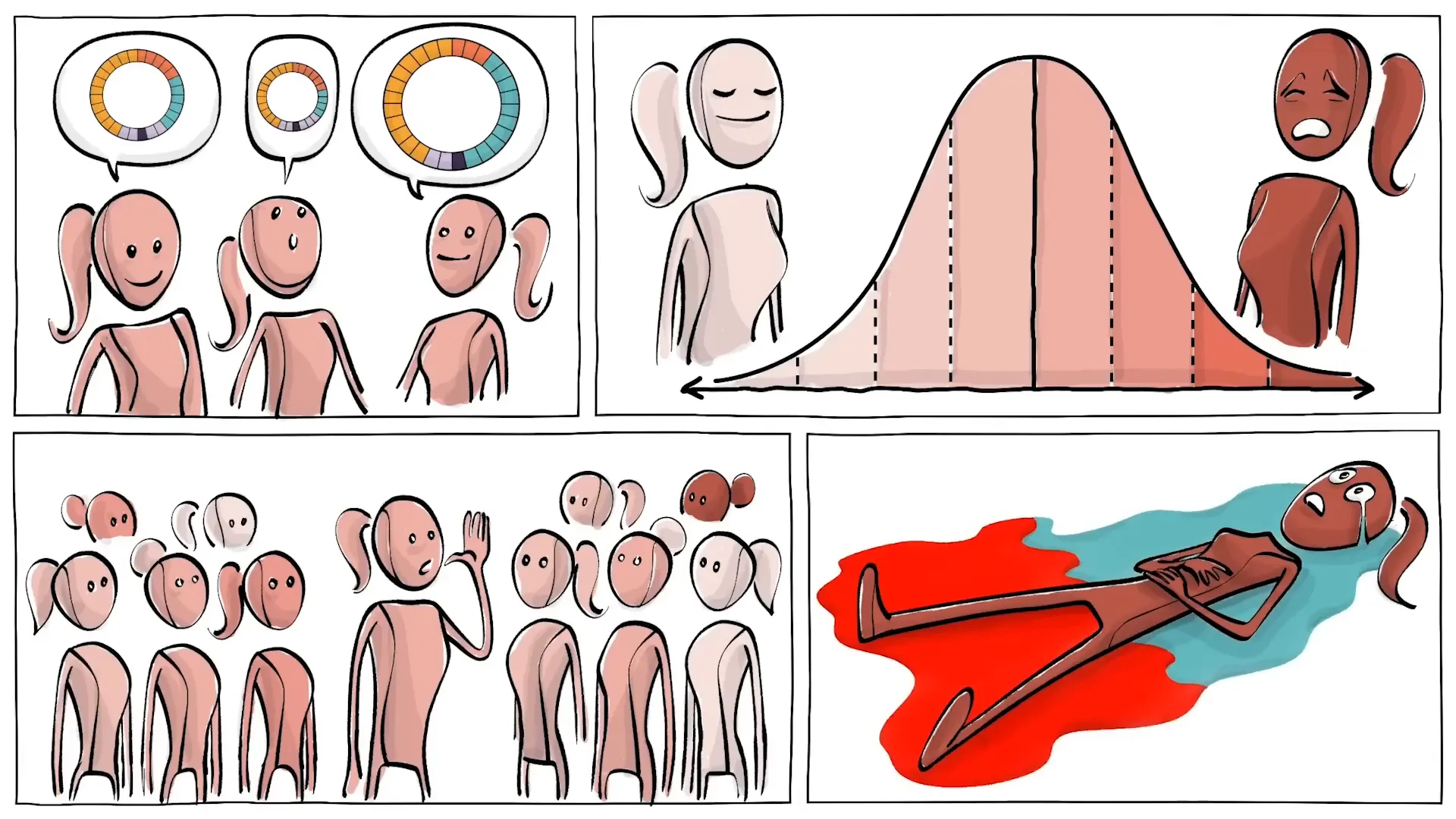
Menstruation
Endometriosis occurs when tissue similar to the lining inside the uterus grows outside of it, leading to severe and lasting pain during menstruation, intercourse, or even while using the bathroom. This condition can significantly affect quality of life and may even lead to infertility if left untreated. Awareness and understanding of such conditions are vital for providing support to those affected.
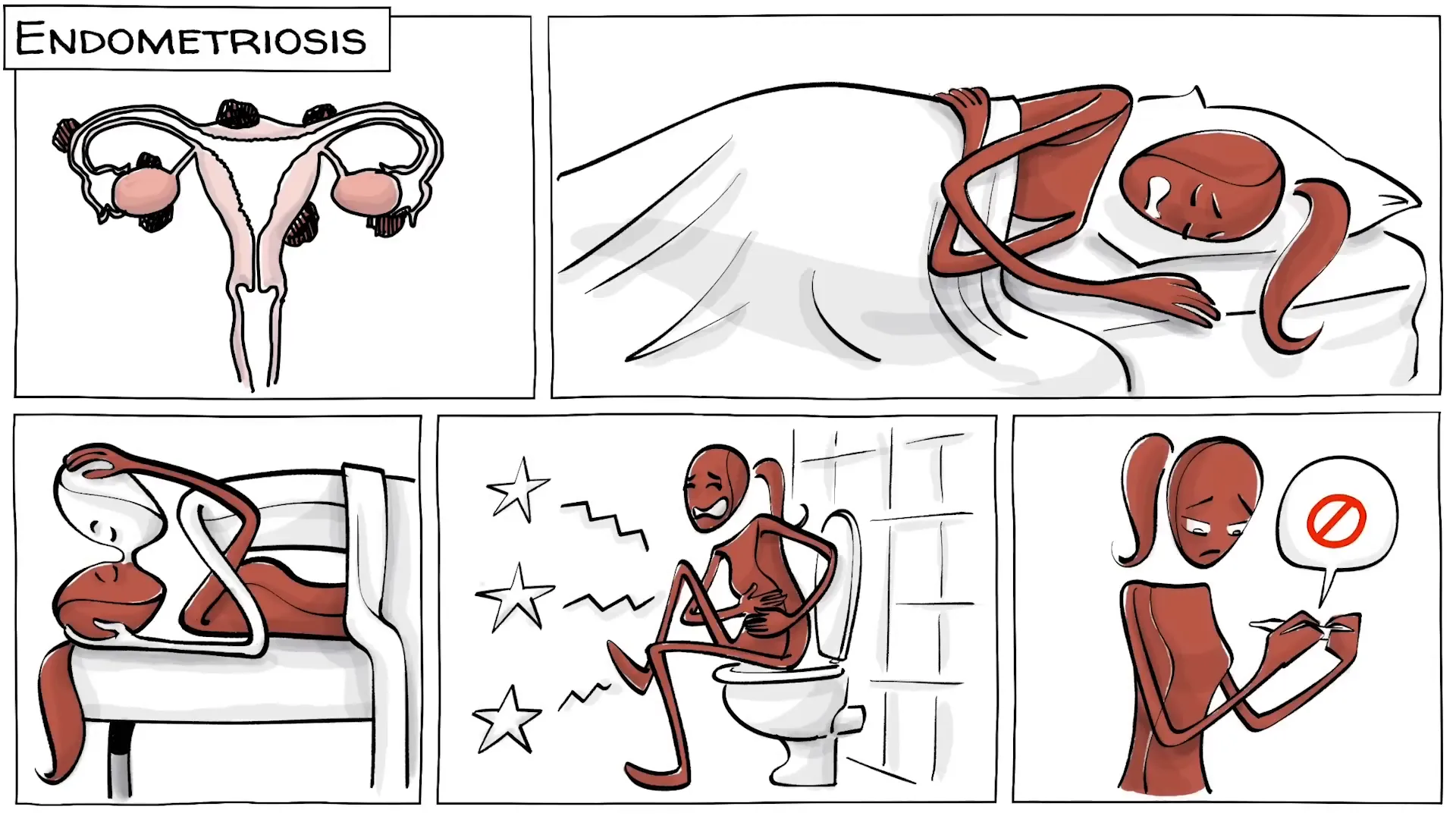
Variability in Menstrual Experiences
Every individual’s experience with their menstrual cycle is unique. The variability can include factors such as the severity of pain, the amount of bleeding, and the emotional impact of PMS. Understanding this variability is crucial, as it can foster empathy and support among friends, partners, and society as a whole.
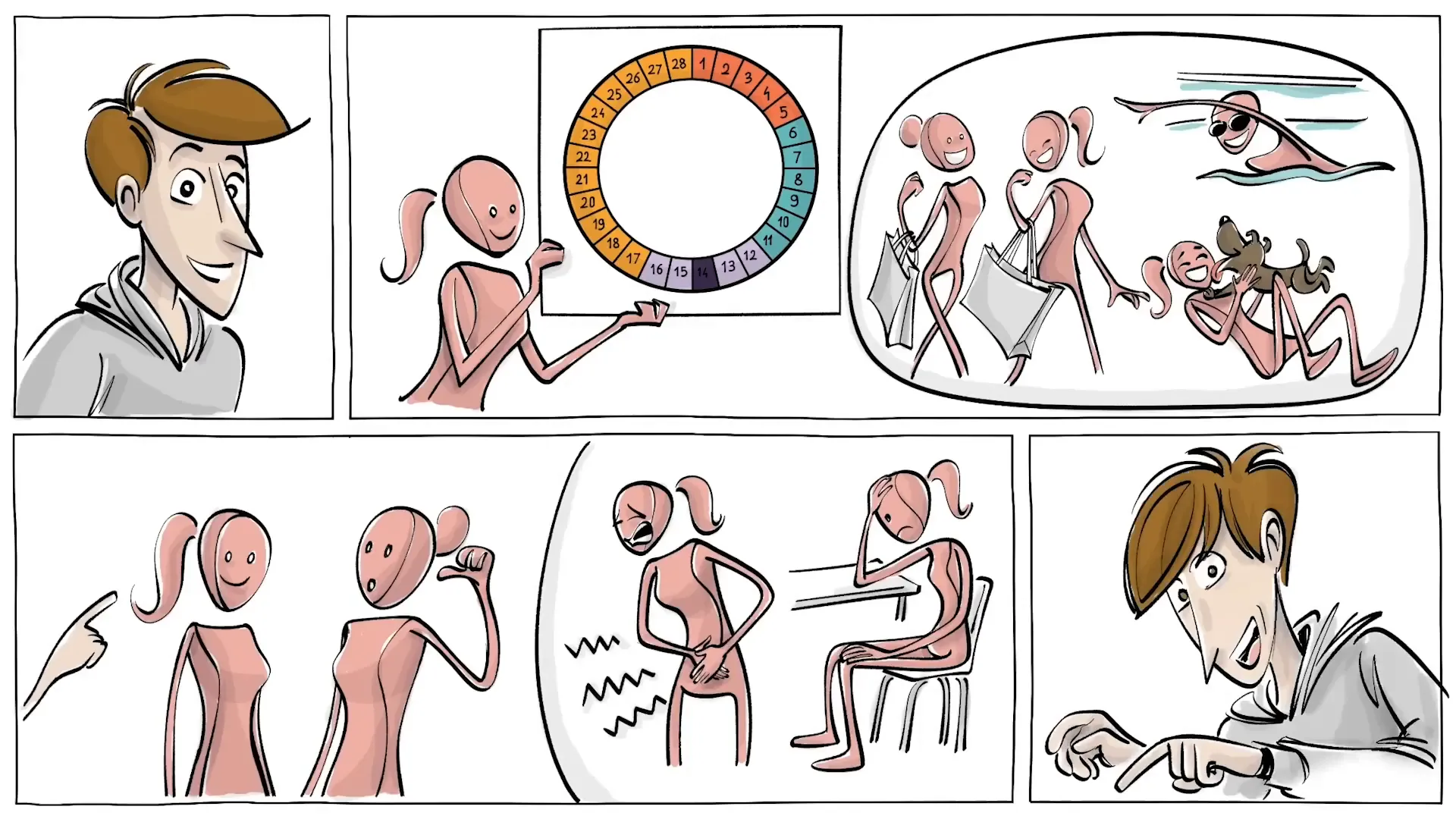
Endometriosis
For those dealing with endometriosis, the symptoms can be debilitating. It’s essential for women to seek help if they experience severe pain or other concerning symptoms. Treatment options are available, and early intervention can make a significant difference in managing the condition and improving quality of life.
What Do You Think?
How does the menstrual cycle influence your life or the lives of those around you? It’s crucial to have open discussions about these experiences to break the stigma surrounding periods and the challenges they bring. How can society better support women and girls who endure regular pain and fatigue due to their menstrual cycles?
Conclusion
Understanding the menstrual cycle is essential for both individuals and society. By recognizing the phases, hormonal changes, and the potential challenges faced by many women, we can create a more supportive environment. Awareness and education can empower women to take charge of their health and advocate for themselves.
This article was created from the video How Periods And Hormones Impact Mood [Menstrual Cycle] with the help of AI. It was reviewed and edited by a human.



